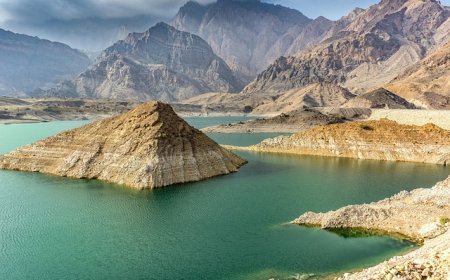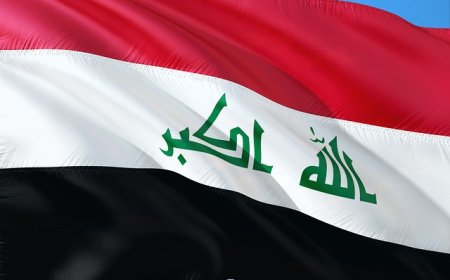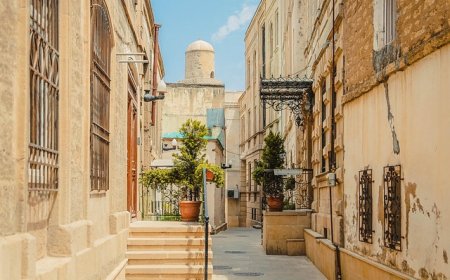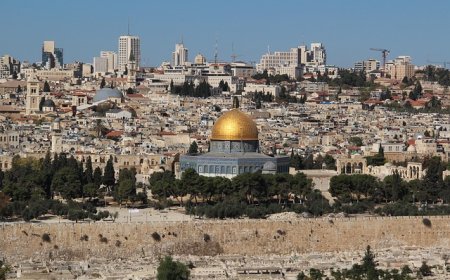Nepal for Students: Geography, Culture, and Daily Life in the Himalayas
Discover Nepal for kids. Learn about the Himalayas, mountain villages, and Nepalese culture. Includes fun facts, vocabulary words, and a quiz.
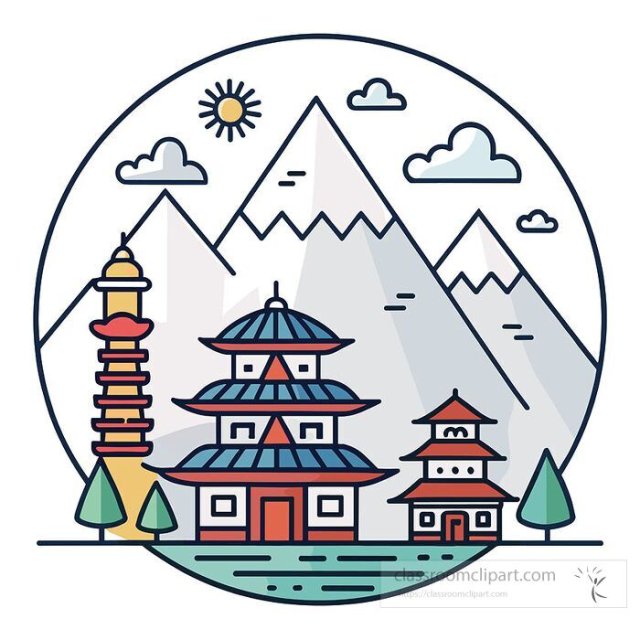
🇳🇵 Nepal: Roof of the World and Land of Living Traditions
Introduction
Nepal is a landlocked country in South Asia, famous for its towering mountains, ancient temples, and deeply spiritual culture. It’s home to Mount Everest, the world’s tallest mountain, and sits at the meeting point of two major world religions: Hinduism and Buddhism.
Even though Nepal is not large, it’s incredibly diverse. With over 125 ethnic groups, more than 120 languages, and a mix of modern cities and rural villages, Nepal offers a rich and colorful way of life. From snowy Himalayan peaks to warm plains along the Indian border, Nepal is truly a land of contrast and wonder.
Geography and Landscape
Nepal lies between India to the south and China (Tibet) to the north. The country’s landscape changes quickly from lowlands to some of the highest mountains on Earth.
There are three main geographic regions:
- Terai – flat, fertile land in the south, used for farming
- Hill Region – rolling hills and valleys, including cities like Kathmandu
- Mountain Region – home to the Himalayas, including Mount Everest and Annapurna
Nepal has a varied climate. The Terai is hot and humid, while the mountains are cold and snowy. Rainy monsoons arrive from June to September, helping farmers grow rice, corn, and vegetables.
Cities and Regions
The capital of Nepal is Kathmandu, a city filled with ancient temples, busy markets, and colorful festivals. It’s also the cultural and religious heart of the country. Many buildings were damaged in a major earthquake in 2015, but Nepal’s people have worked hard to rebuild.
Other important cities include:
- Pokhara – a scenic city near lakes and the Annapurna mountains
- Lumbini – the birthplace of Siddhartha Gautama (Buddha)
- Biratnagar – a trade center in the Terai region
Many villages in Nepal are still only reachable by hiking or mountain trails, especially in the highlands. This makes daily life more difficult but also keeps traditional ways of life strong.
People, Language, and Culture
Nepal’s people come from many ethnic groups, including the Sherpa, Tamang, Newar, Magar, and Tharu. These groups have different languages, clothing, and traditions.
The official language is Nepali, written in Devanagari script. Many also speak their local languages, especially in villages.
Nepal blends Hindu and Buddhist traditions. Religious sites, stupas, and prayer flags are common. Daily life, school, and festivals all reflect this spiritual heritage.
Major festivals include:
- Dashain – a Hindu festival celebrating the victory of good over evil
- Tihar – the festival of lights honoring animals, gods, and family
- Buddha Jayanti – celebrating the Buddha’s birthday
Food and Daily Life
Nepali cuisine is hearty and flavorful. The staple meal is dal bhat, featuring lentil soup (dal), rice (bhat), vegetables, and sometimes meat or curry. Meals are eaten by hand and shared family-style.
Other popular dishes:
- Momos – steamed dumplings filled with meat or vegetables
- Sel roti – a ring-shaped rice doughnut for festivals
- Gundruk – a sour pickle made from fermented greens
Most Nepalis work as farmers, especially in rural areas. In cities, people work in schools, shops, or government offices. Many also work abroad and send money home. Children attend school in uniform, and education access is improving across the country.
History of Nepal
Nepal was never colonized. In the 1700s, King Prithvi Narayan Shah unified small kingdoms into a single nation. It was a Hindu monarchy until 2008, when it became a federal democratic republic with elected leaders.
Nepal is also the birthplace of Buddha, in Lumbini, more than 2,500 years ago. Today it’s a major destination for pilgrims and trekkers alike.
Nature and Adventure
Nepal is a paradise for nature lovers and adventurers. The Himalayas stretch across the north with eight of the world’s ten highest peaks, including Mount Everest (Sagarmatha).
Trekking routes like the Annapurna Circuit and Everest Base Camp Trek bring thousands of visitors each year, guided by experienced locals and Sherpas.
Wildlife includes snow leopards, red pandas, Bengal tigers, and one-horned rhinos in parks such as Chitwan and Bardia National Park. Conservation efforts address deforestation, climate change, and earthquake preparedness.
Vocabulary List
| Word | Definition |
|---|---|
| Landlocked | A country surrounded by land with no sea access |
| Himalayas | The world’s highest mountain range, including Mount Everest |
| Stupa | A dome-shaped Buddhist monument for worship |
| Dal Bhat | A traditional meal of lentil soup and rice |
| Monsoon | A season of heavy rain, especially in South Asia |
| Devanagari Script | The alphabet used to write Nepali and other South Asian languages |
| Trekking | Hiking long distances, especially in mountainous regions |
| Federal Republic | A country with elected leaders rather than a monarchy |
👧🧒 Kid-Friendly Summary
Nepal is a mountain-filled country in Asia, where people live close to nature and follow old traditions. It’s home to Mount Everest, the tallest mountain on Earth, and also where Buddha was born. People eat rice and lentils, climb mountains, and go to colorful festivals.
In Nepal, you’ll find temples, prayer flags, and friendly people who speak Nepali and many local languages. Whether you’re hiking or learning, Nepal is full of amazing sights and peaceful places.
🧠 Interactive Quiz: What Do You Know About Nepal?
1. What is the capital city of Nepal?
A) Pokhara
B) Lumbini
C) Kathmandu
D) Varanasi
2. What is the tallest mountain in Nepal (and the world)?
A) K2
B) Mount Kilimanjaro
C) Mount Everest
D) Annapurna
3. What is the most common meal in Nepal?
A) Pizza
B) Dal Bhat
C) Sushi
D) Pho
4. Which religion is most common in Nepal?
A) Christianity
B) Islam
C) Hinduism
D) Judaism
5. What is a stupa?
A) A farm tool
B) A mountain
C) A Buddhist monument
D) A boat
6. What language is officially spoken in Nepal?
A) Hindi
B) Bengali
C) Nepali
D) Urdu
7. What is trekking?
A) Flying in a plane
B) Walking long distances in the mountains
C) Riding elephants
D) Rowing a boat
8. Who is believed to have been born in Nepal?
A) Genghis Khan
B) Confucius
C) Buddha
D) Mahatma Gandhi


















































